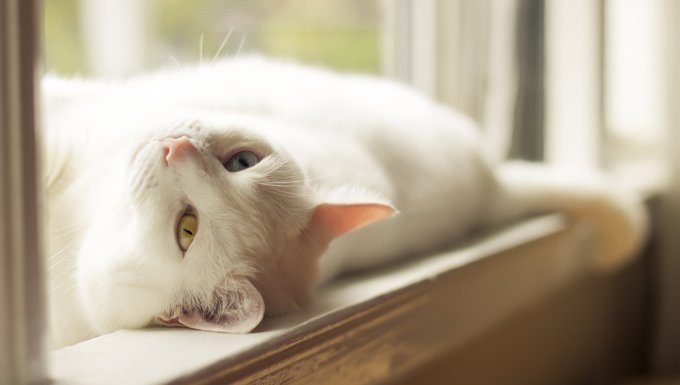
With the summer weather here again, your kitty might be taking full advantage of the sunshine. Longer days mean there’s more time to lie in the sunny spots next to the window. But is it safe to let your cat lie in the sun…


With the summer weather here again, your kitty might be taking full advantage of the sunshine. Longer days mean there’s more time to lie in the sunny spots next to the window. But is it safe to let your cat lie in the sun…




